White admiral (Limenitis camilla)
Overview
The White Admiral (Limenitis camilla) is a striking and graceful woodland butterfly found across Europe and parts of Asia. Known for its elegant gliding flight and distinctive white bands across dark wings, this butterfly is both a joy for nature lovers and a key species for woodland biodiversity.
🦋 Identification
- Scientific name: Limenitis camilla
- Family: Nymphalidae (brush-footed butterflies)
- Wingspan: 55–65 mm
- Coloration:
- Upperside: Dark brown-black with bold, curved white transverse bands across both wings.
- Underside: Rich reddish-brown with white bands and scattered black and blue markings – beautifully camouflaged when wings are closed.
- Flight: Graceful, gliding, with occasional flaps — very distinctive in woodland settings.
🌍 Distribution & Habitat
- Range: Most of Europe (except far north and southwest), extending east into temperate Asia.
- Preferred habitat: Deciduous or mixed woodlands, particularly sunny glades, rides, and edges with dense undergrowth.
- Altitude: Usually lowland to mid-elevation zones.
🌿 Life Cycle
- Brood: One generation per year (June to early August)
- Eggs: Laid singly on the tips of honeysuckle (Lonicera periclymenum) leaves — the primary larval foodplant.
- Larva (caterpillar):
- Green with two spiny horns and white markings to mimic bird droppings.
- Overwinters as a small larva in a leaf shelter called a hibernaculum.
- Pupa (chrysalis): Camouflaged to resemble a dried leaf.
- Adult emergence: Late spring to midsummer depending on climate.
🍯 Feeding
- Larvae feed on honeysuckle leaves.
- Adults do not visit flowers often, but feed on:
- Honeydew
- Tree sap
- Rotting fruit
- Moisture and minerals from damp ground or animal dung
🧬 Behavior
- Territorial: Males often patrol or bask along sunlit woodland paths.
- Skittish: Difficult to approach, often flies high or retreats quickly when disturbed.
- Camouflage: Underside coloration helps blend with leaves when resting.
⚠️ Conservation Status
- Generally stable in much of its range, but has declined in some areas due to:
- Loss of suitable woodland habitat
- Over-management or neglect of rides and clearings
- Conservation actions include:
- Woodland thinning
- Ride widening
- Encouraging honeysuckle growth for caterpillar food
📸 Tips for Observation
- Best seen in June and July, especially during warm, sunny days.
- Look along woodland rides, edges, or paths with overhanging trees.
- Wait near honeysuckle patches where adults may stop to lay eggs.
🌟 Interesting Facts
- Related to the more colorful Poplar Admiral (Limenitis populi).
- Its graceful flight makes it easily distinguishable from fast-fluttering species like fritillaries.
- Sometimes hybridizes with similar species in overlapping ranges (e.g., Limenitis sydyi in Asia).
Visited 5 times, 5 visit(s) today
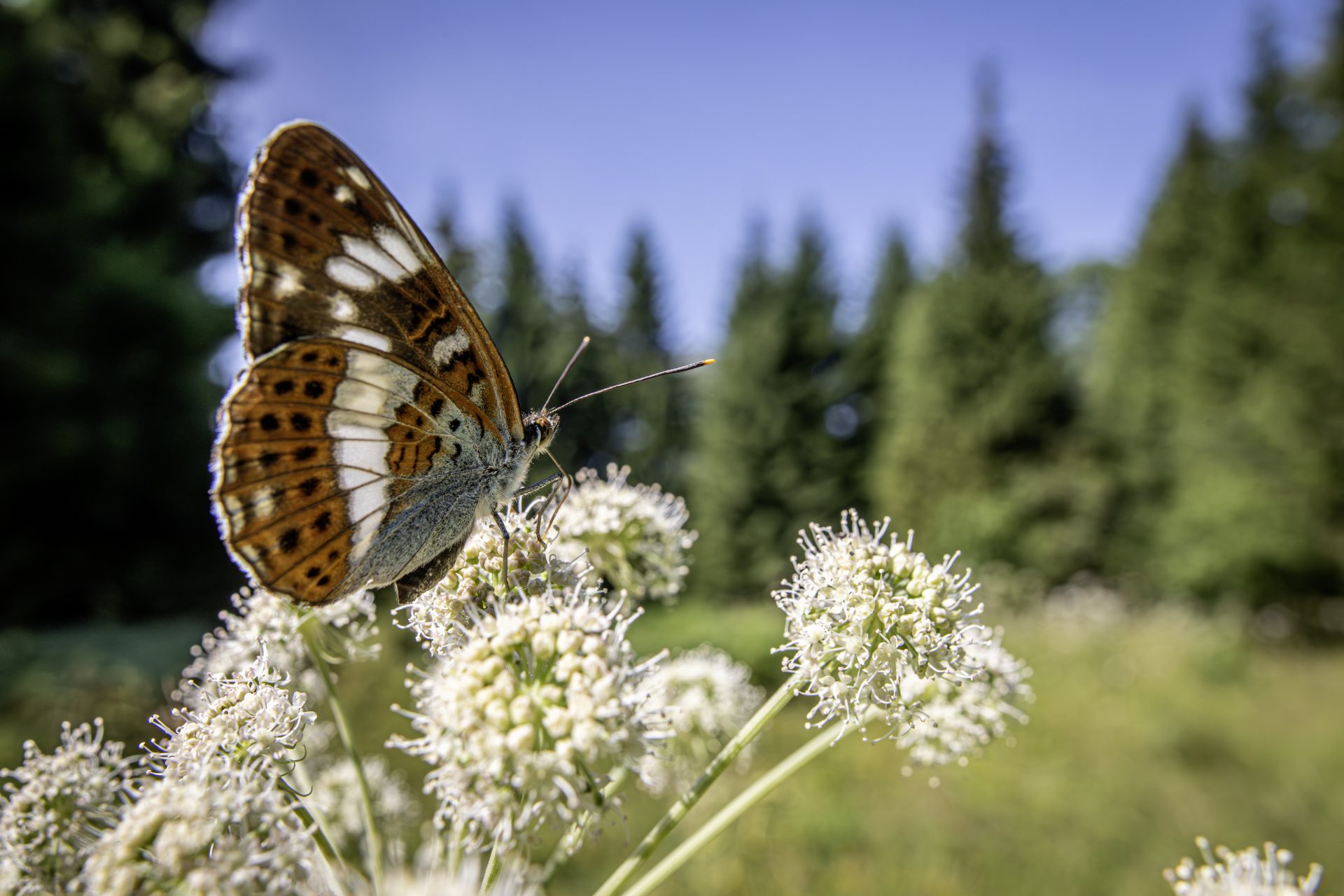
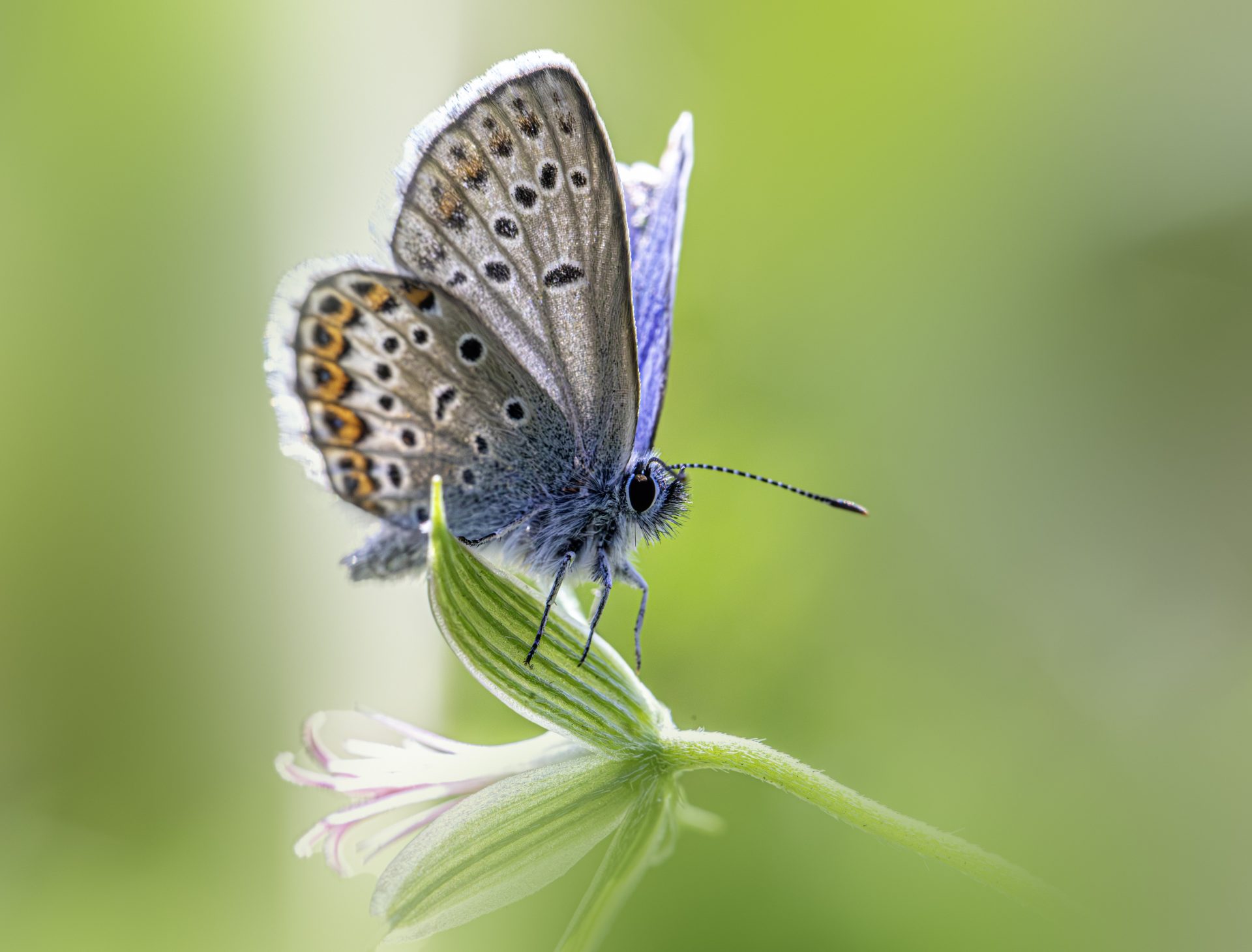
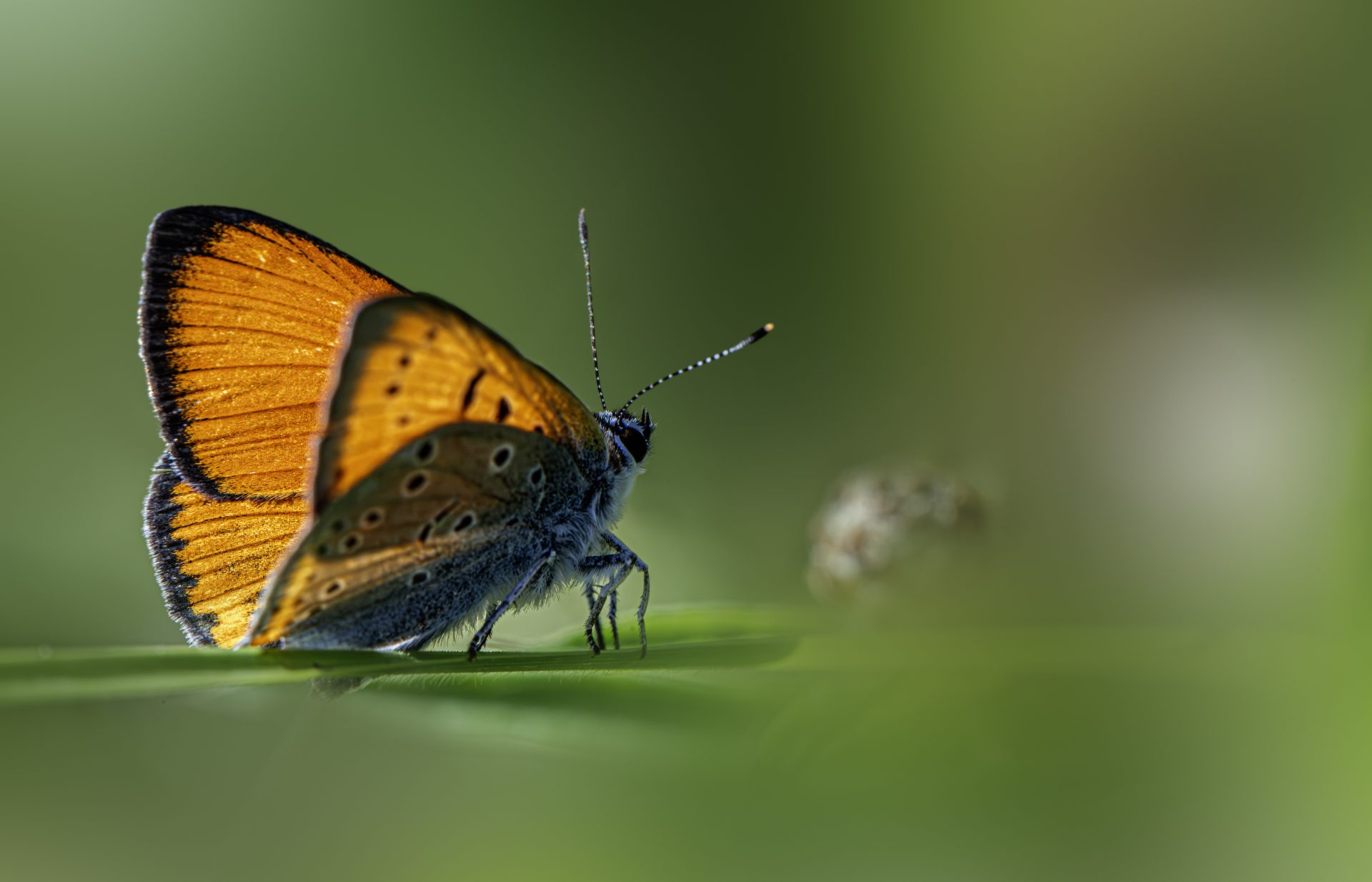
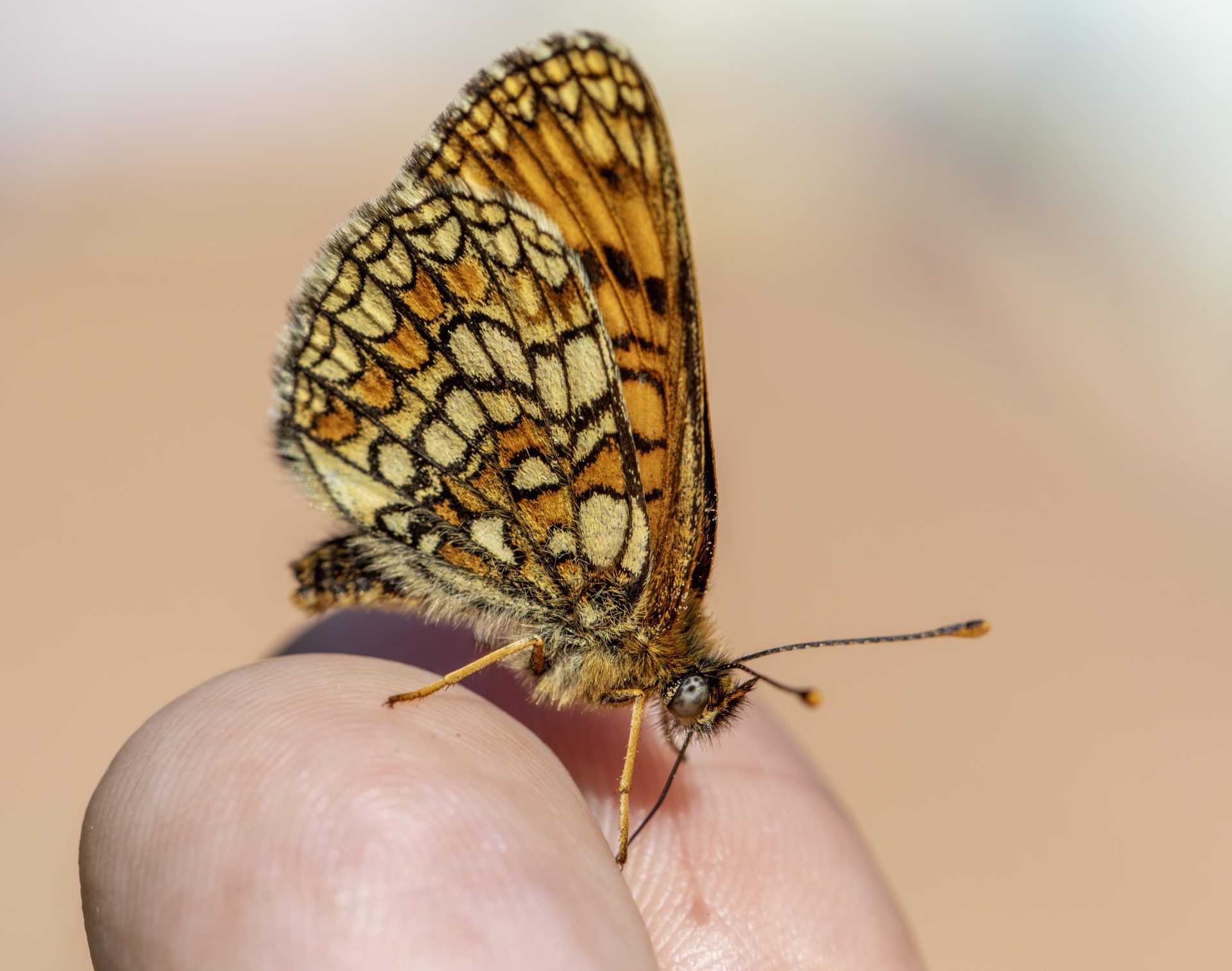
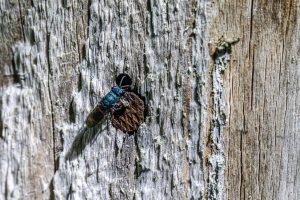
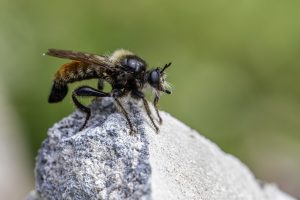
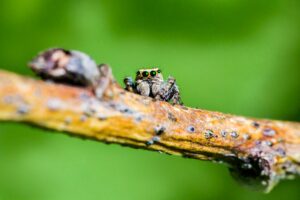
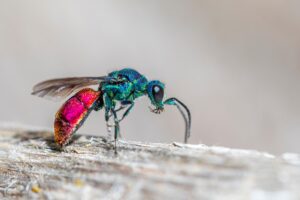
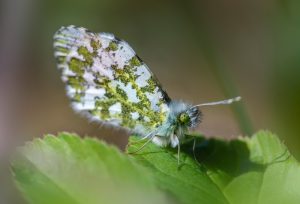
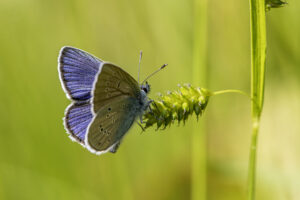
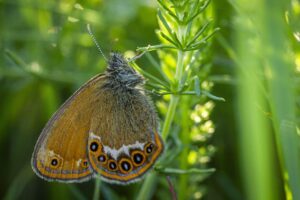

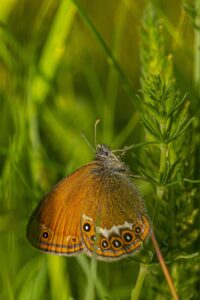
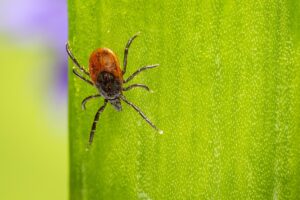
Post Comment